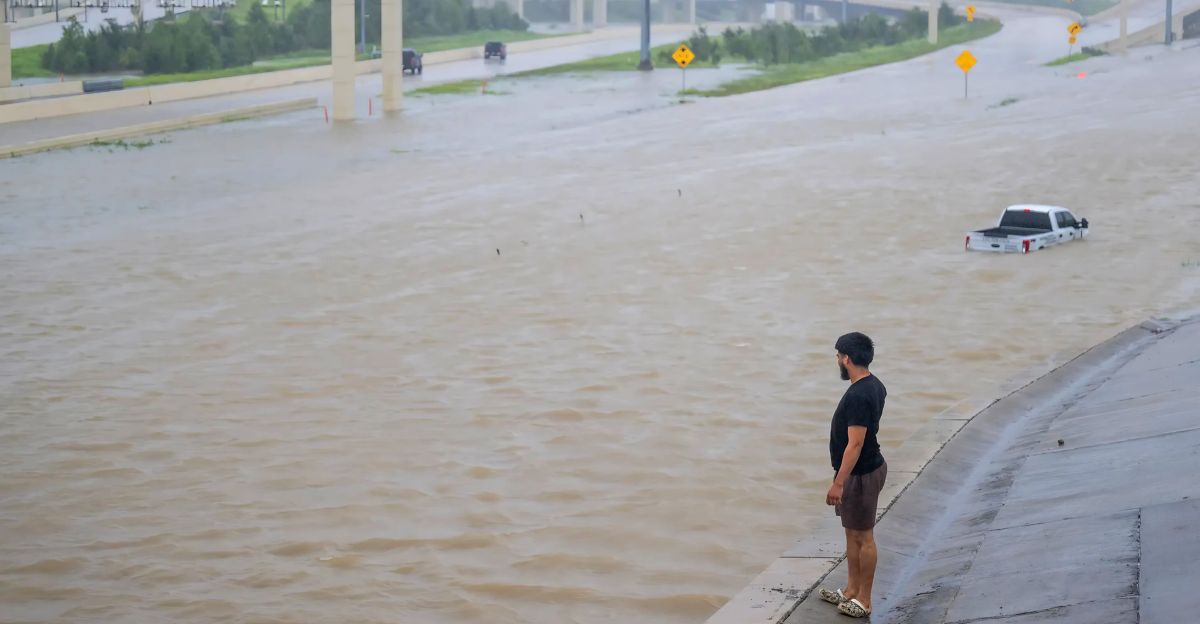
Imagine waking up to a river rising nearly 30 feet in under an hour. This was the terrifying reality for communities in Central Texas during the July 2025 floods, a disaster so swift and severe that it left destruction and heartbreak in its wake. The speed and scale of the flooding stunned residents and emergency responders alike.
Such an extreme event raises urgent questions: What caused this unprecedented surge of water? Was it nature’s fury at work, or could human factors have played a role? As news spread, speculation and concern grew, leading to widespread confusion and fear. This opening slide sets the stage for a deep dive into the complex origins of the disaster, teasing the mystery behind the flood’s cause without confirming any single explanation. The story behind the flood is layered, involving natural forces, climate shifts, and controversial theories.
A Threat Beyond Texas
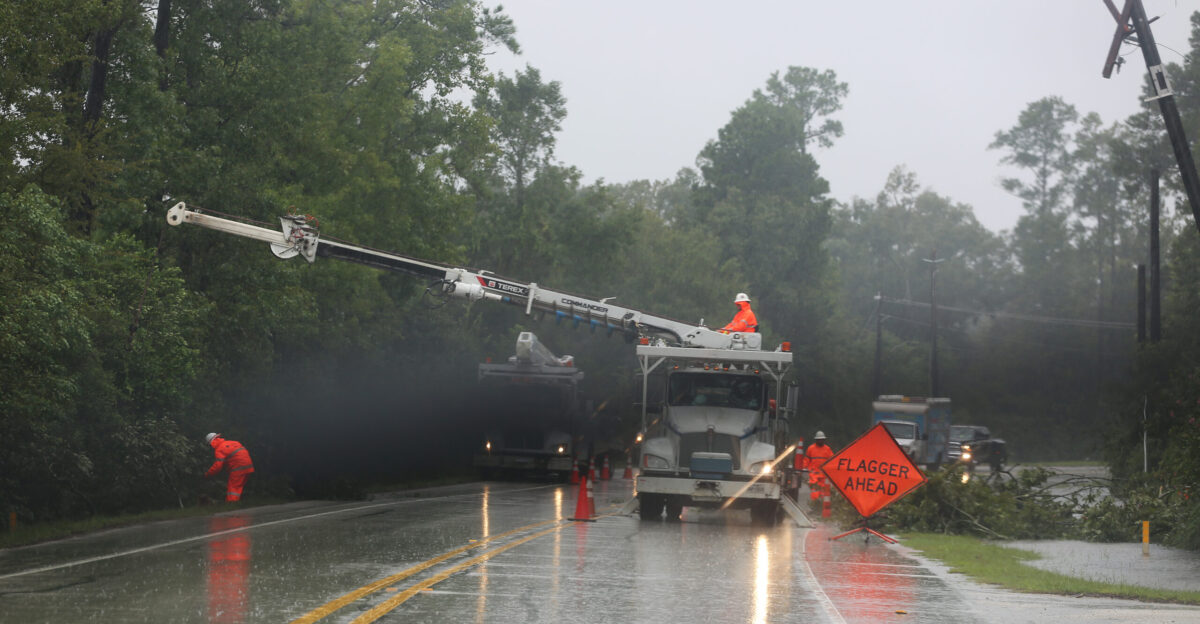
The devastating Texas floods are not just a local tragedy; they highlight a growing national concern. Extreme weather events like these ripple across the United States, threatening millions in vulnerable regions. From the Gulf Coast to the Midwest, shifting climate patterns increase the frequency and intensity of floods, hurricanes, and storms. Understanding the root causes of the Texas flood is critical because similar conditions could soon affect other areas.
The disaster serves as a warning: no region is immune to nature’s changing patterns. Preparedness and resilience must become national priorities. This slide builds the stakes by emphasizing that the Texas floods are part of a broader trend of extreme weather events. It invites viewers to consider how their communities might be impacted and why understanding these causes matters for everyone.
The Calm Before the Storm
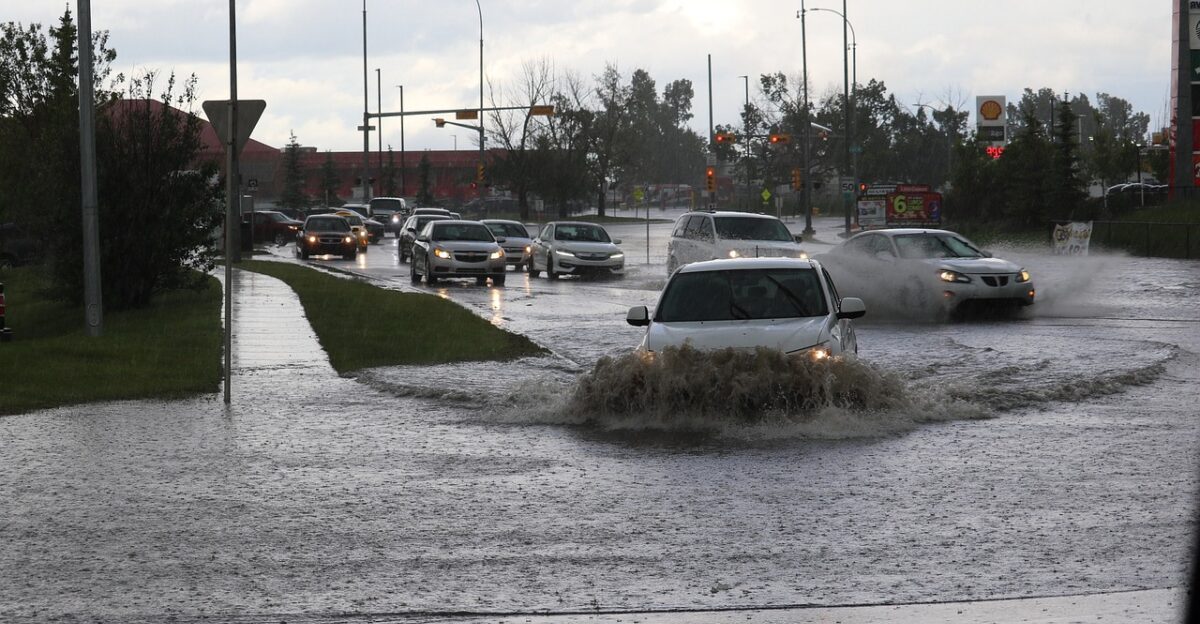
Central Texas has been celebrated for its rugged beauty, rolling hills, calm rivers, and a vibrant outdoor culture for generations. The Texas Hill Country is a place where nature and community have long coexisted peacefully. However, beneath this serene landscape lies a complex climate system shaped by unique weather patterns. These patterns, historically stable, have recently been pushed to their limits.
The region’s topography, with steep slopes and narrow river valleys, naturally channels water quickly, but the scale of the recent floods exceeded anything seen before. This slide offers nostalgic context, contrasting the peaceful past with the violent present. It reminds us that the floodwaters came from a place of natural beauty, now transformed by forces beyond the ordinary. Understanding this backdrop is essential to grasping the full story of the floods.
Signs of a Changing Climate
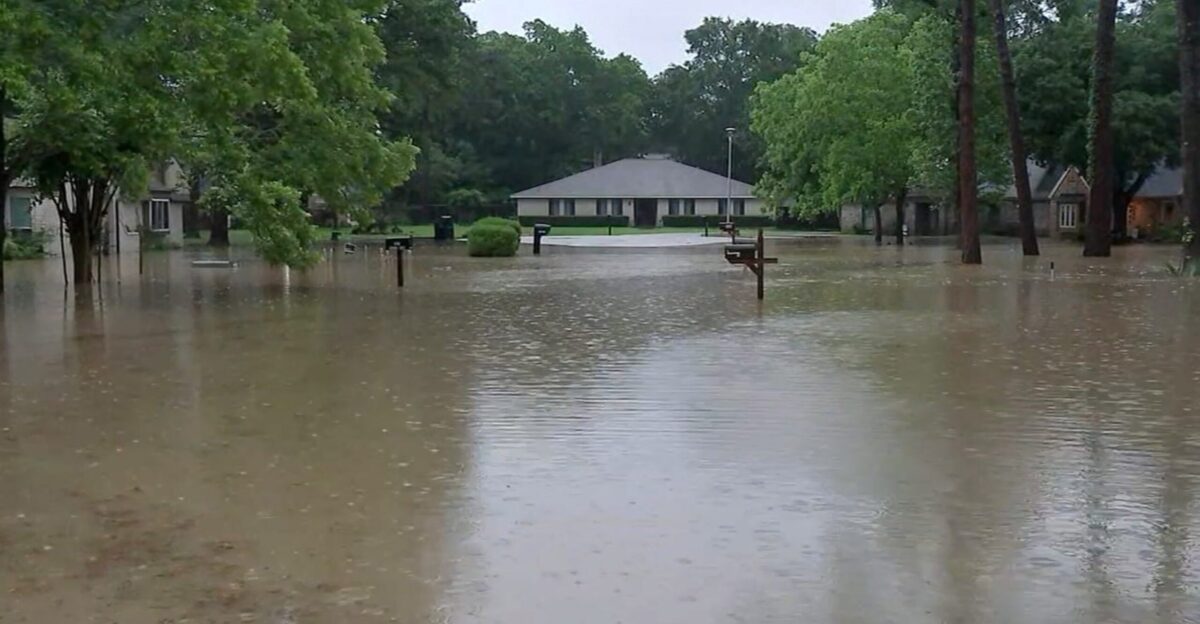
Central Texas has experienced more frequent and intense flash floods in recent years. Scientists attribute this trend to climate shifts, land use changes, and evolving atmospheric conditions. Warmer air holds more moisture, leading to heavier rainfall events. Urban development reduces natural water absorption, increasing runoff. These factors combine to create a perfect environment for flash flooding. However, alongside these accepted explanations, alternative theories have emerged.
Some claim that human intervention, such as government weather modification programs or cloud seeding, may have intensified the rains or caused floods. These controversial ideas challenge official narratives and fuel public debate. This slide shows the decline from natural explanations to contested theories, highlighting the complexity and controversy surrounding the flood’s origins.
The Meteorological ‘Perfect Storm’
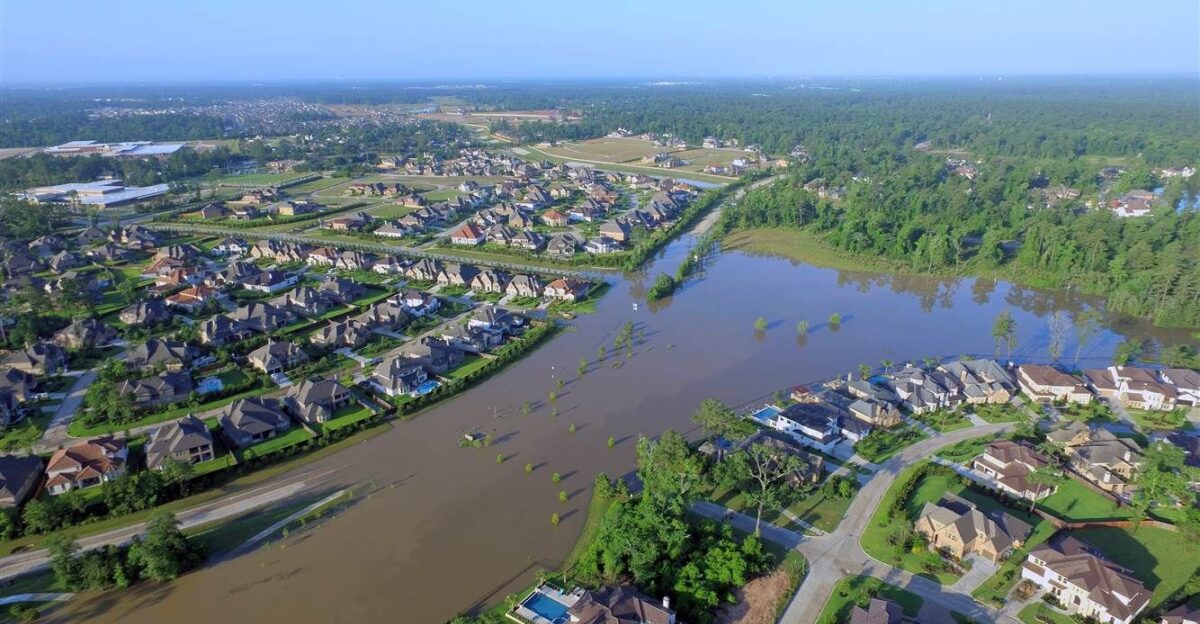
Meteorologists agree that the July 2025 floods were triggered by a “perfect storm” of natural factors. The remnants of Tropical Storm Barry moved into Central Texas, bringing heavy tropical moisture. At the same time, moisture from the eastern Pacific and the Gulf of Mexico converged over the region. The area’s sloping terrain rapidly funneled this water into rivers and creeks. Rainfall rates reached extraordinary levels up to 18 inches in some locations within a few hours.
This combination of tropical moisture, storm remnants, and geography created a worst-case meteorological scenario that overwhelmed natural and artificial drainage systems. The resulting flash floods were swift and devastating, leaving little time for warning or evacuation. This slide reveals the core fact behind the floods, backed by satellite data and rainfall measurements, grounding the discussion in scientific evidence.
The Human Toll in Kerr and Mason Counties
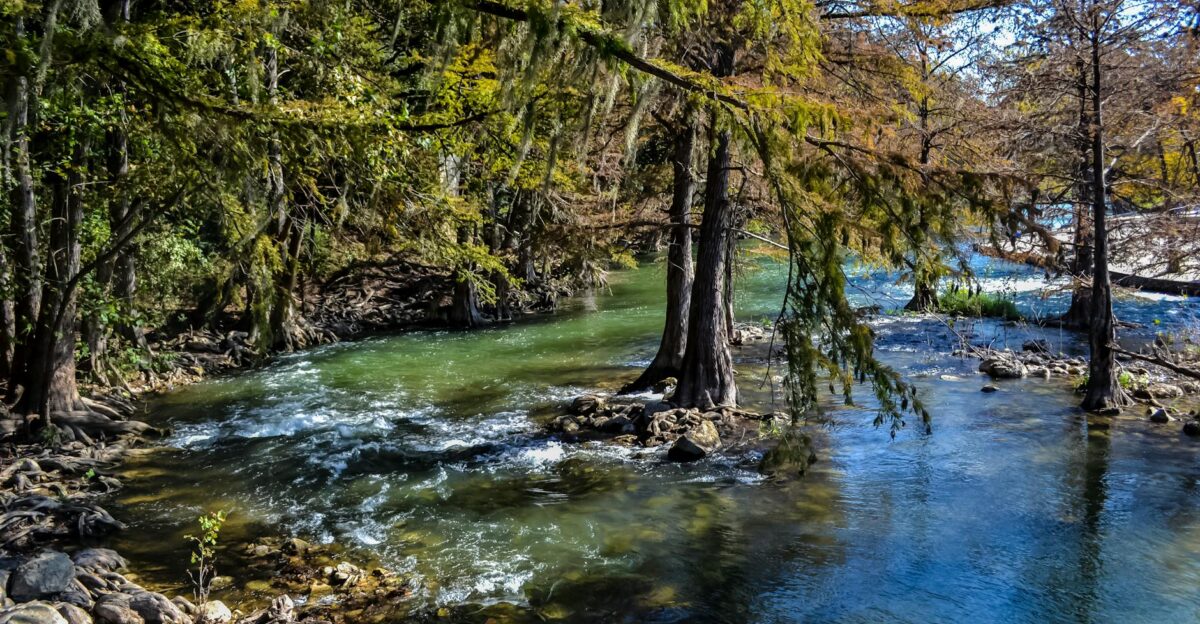
Kerr County was among the most brutal hit, with the Guadalupe River rising 26 feet in just 45 minutes, the second highest rise ever recorded there. Entire neighborhoods were submerged as floodwaters swept through towns, destroying homes and infrastructure. Mason County also experienced severe flooding, with many residents displaced and properties damaged. Tragically, the floods resulted in multiple fatalities, and many people remain missing.
Emergency responders worked tirelessly to rescue stranded residents and provide aid. The scale of destruction and loss highlights the human cost of the disaster, beyond statistics and data. This slide personalizes the flood’s impact, showing how communities were devastated and emphasizing the urgent need for improved flood preparedness and response measures.
Stories from the Ground
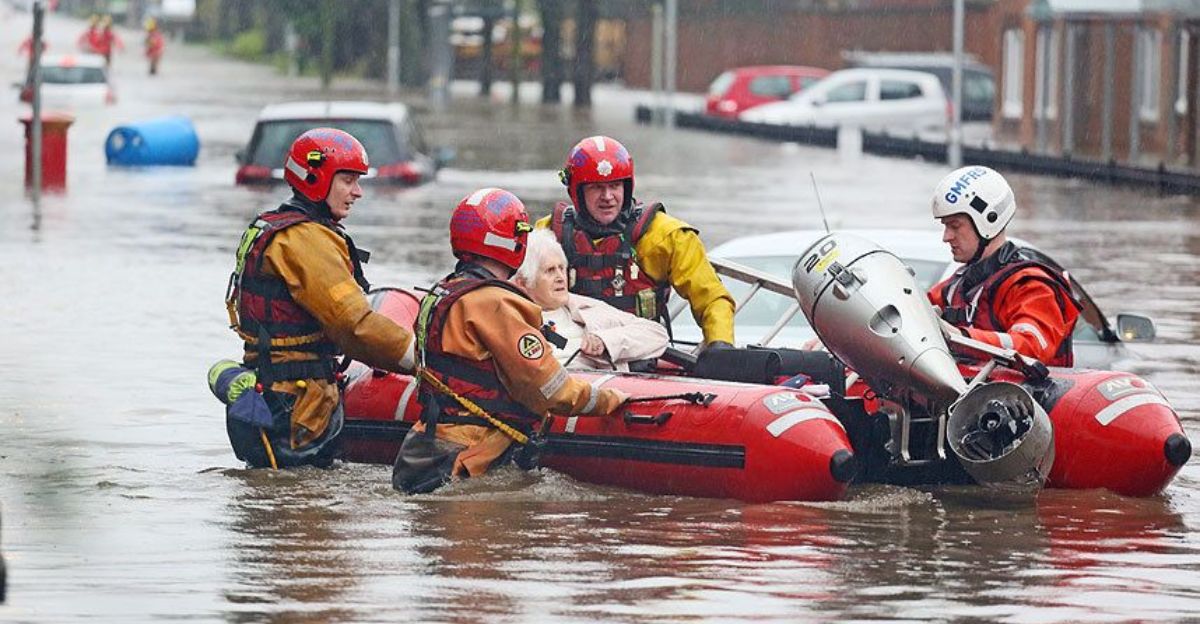
Behind the flood statistics are real people whose lives were upended. Families were forced to evacuate with little warning, losing homes and treasured possessions. Local businesses faced destruction or prolonged closures, threatening livelihoods. First responders were stretched to their limits, battling dangerous conditions to save lives.
These personal stories reveal the emotional and economic toll of the floods. They also highlight the resilience and solidarity of communities coming together to rebuild. The human element underscores why understanding the causes of such disasters is vital for scientific knowledge and protecting lives and livelihoods. This slide brings a face to the flood’s impact, deepening empathy and engagement.
Official Explanations vs. Alternative Theories
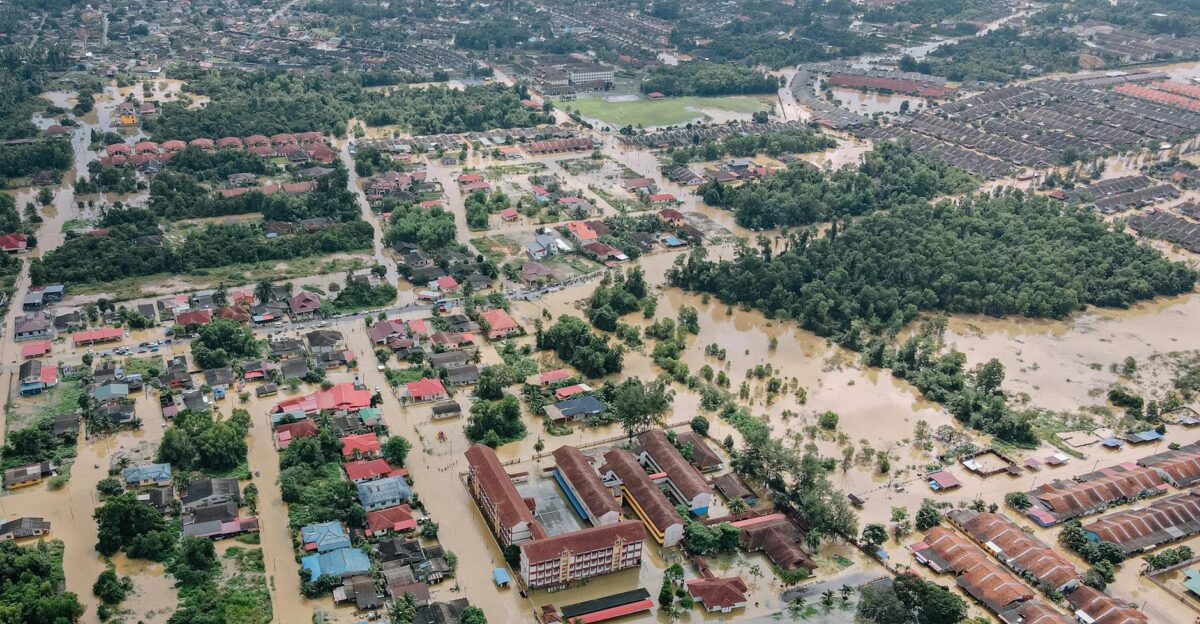
While mainstream experts attribute the floods to natural weather phenomena and climate change, alternative theories have gained traction online and in some communities. Some claim that government weather control programs, such as cloud seeding or secret geoengineering projects, caused or worsened the flooding. These theories often cite past weather modification experiments or conspiracy narratives about government interference.
However, scientific reviews find little credible evidence supporting these claims. The debate reflects broader public mistrust in institutions and difficulty communicating complex scientific information. This slide explores the competing narratives, encouraging viewers to critically evaluate sources and understand the difference between evidence-based science and speculation.
Public Perception and Misinformation

In the digital age, misinformation spreads rapidly, complicating public understanding of natural disasters. The Texas floods sparked intense debates on social media and news platforms about climate change, geoengineering, and human influence on weather. Some voices deny climate change, blaming alternative causes like cloud seeding. Others call for urgent climate action. This polarized discourse affects how communities perceive risk and respond to warnings.
It also challenges scientists and policymakers to communicate clearly and transparently. Building public trust is essential for effective disaster preparedness and response. This slide highlights the importance of media literacy and informed dialogue in shaping future resilience against extreme weather events.
Rebuilding and Looking Forward
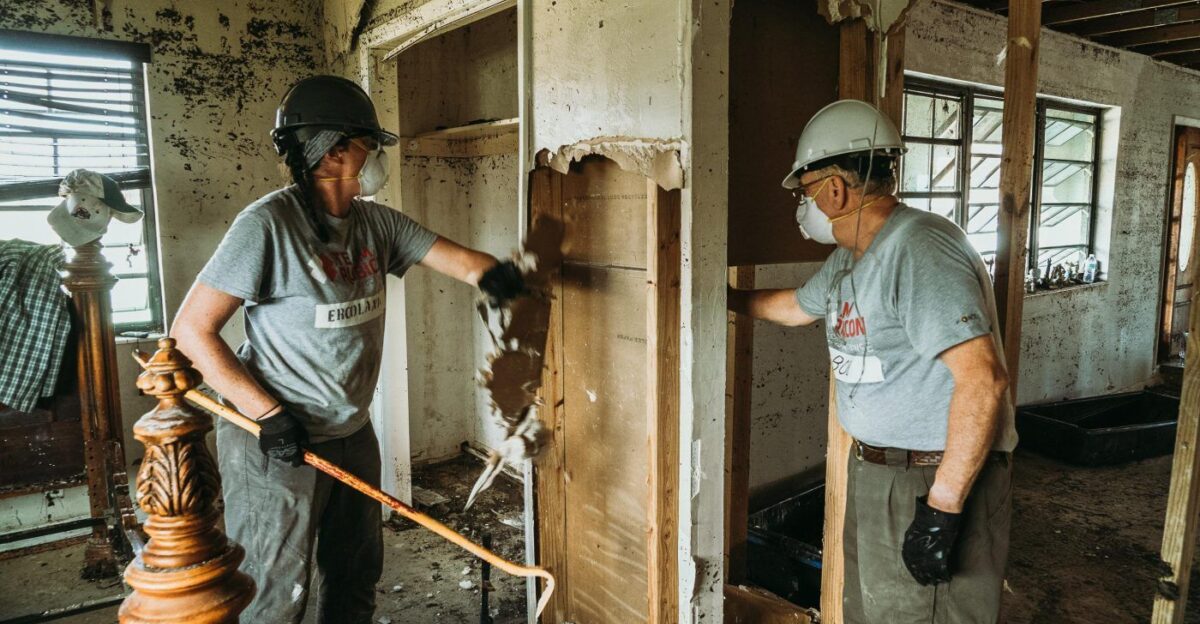
As Texas begins to recover, critical questions remain. How can forecasting technology improve to provide earlier warnings? What infrastructure investments are needed to withstand future floods? Can science and policy keep pace with the accelerating impacts of climate change? Communities, scientists, and governments must collaborate to build resilience.
The Texas floods are a stark reminder that extreme weather is becoming more frequent and severe. Preparing for this new reality requires innovation, education, and commitment. This final slide offers a hopeful outlook, emphasizing that while nature’s rhythms change, human ingenuity and cooperation can shape a safer future for Texas and beyond.







